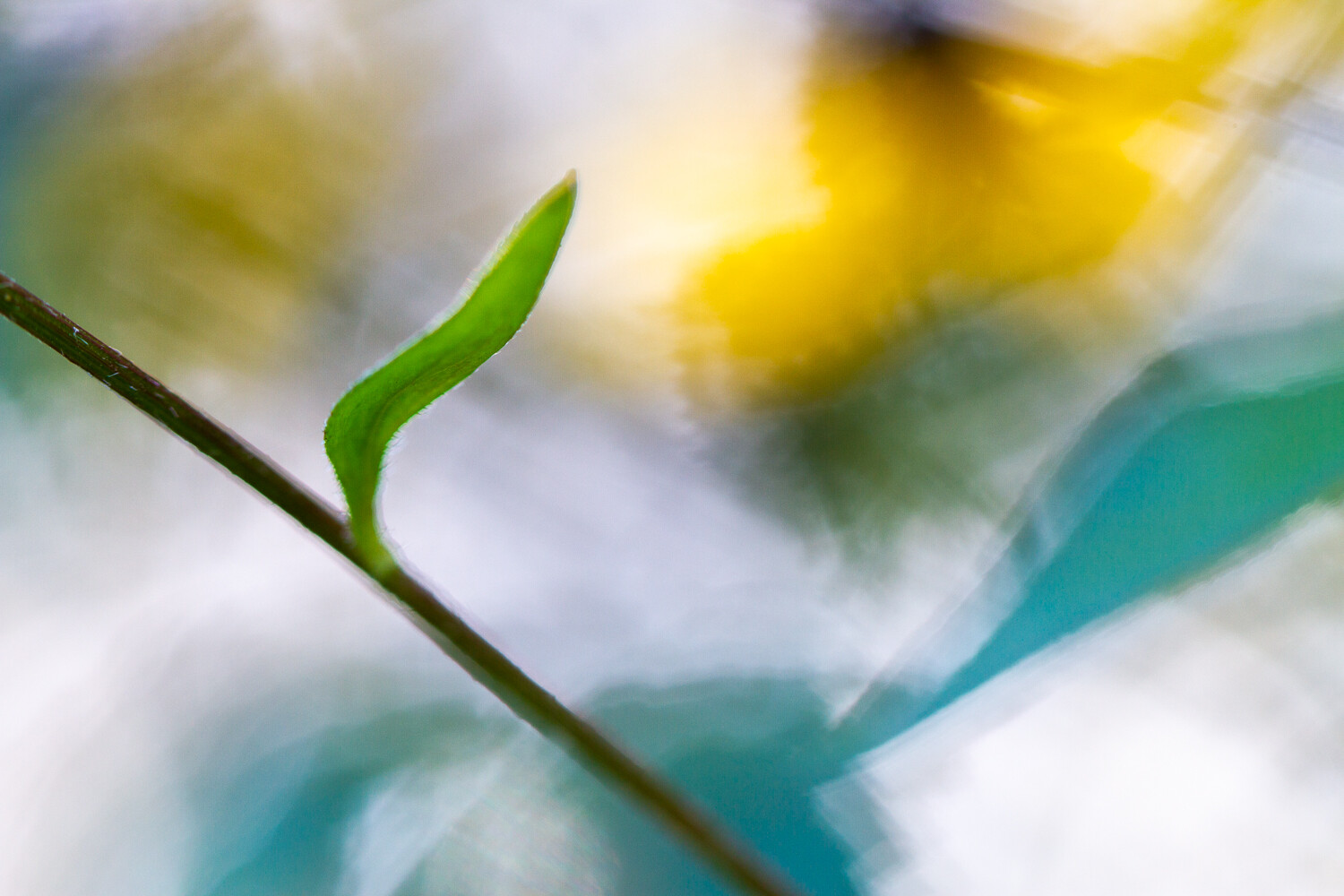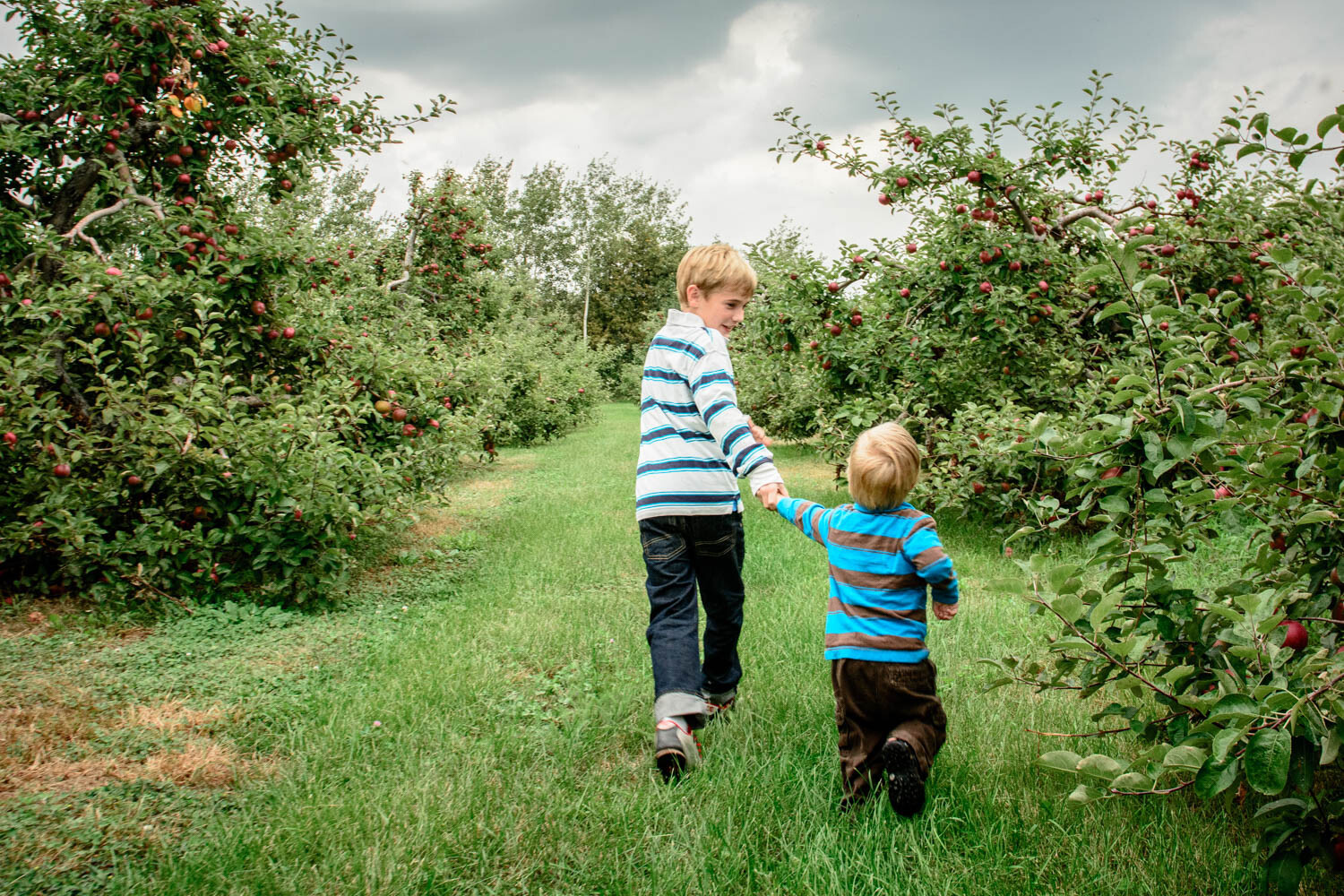5 Tips for Gorgeous Nature Photography Lighting
In this article, I’m going to show you how to use light to create nature photography masterpieces.
And I can guarantee that they work.
Why? Because they’re the tricks that I use myself. All the time.
In fact, these nature photography lighting tips can be your photography secret weapon. They’ll get you creative, original photos, no doubt about it.
You just have to be willing to try them out!
Let’s dive right in.

Wait until last light for a breathtaking sky
Nature photographers love to shoot during the so-called “golden hours,” the hours just after sunrise and just before sunset, when the low sun casts a beautiful golden glow over the landscape.And it’s true. The golden hours are a great time for nature photography.

But if you want truly stunning nature photos, I recommend you go beyond the golden hours.
Instead, focus on shooting at the very last light, when the sun is touching the horizon.
This is the time when the sky often goes brilliant with colors. This is when you get a sunset sky, one that can absolutely blow your mind.
And this “last light” makes for truly breathtaking nature photography shots.
If you’re a landscape photographer, this probably seems obvious. Nearly all landscape photographers shoot at sunset.
But even if you’re not a landscape photographer, I encourage you to shoot at this time. Because sunsets aren’t just good for landscape photos. They also make for beautiful backgrounds in macro photography, bird photography, and flower photography.

So here’s what I recommend:
Get out to shoot during the golden hours. Take some nice shots. But then stick around until the sun is touching the horizon. And start incorporating some stunning sunset colors into your images.
Note that you don’t have to stop when the sun goes down. The colors remain deeply photogenic.
So feel free to keep shooting until you no longer have the light to capture photos!
Photograph in inclement weather for moody images
While golden light is great for nature photography, it’s not the only type of lighting that works.In fact, one of my favorite types of lighting is the opposite of golden light:
Dark, cloudy lighting. Or lighting in bad weather.

At first glance, this type of lighting seems questionable. After all, during bad weather the light gets low, and it’s often hard to have enough light for good exposures.
But here’s the thing:
Bad weather creates a mood. It creates an atmosphere. And it can give your nature photography something that’s hard to find under other circumstances:
Drama.
For instance, if you photograph when the skies are stormy, you can produce dramatic, breathtaking landscapes.
And if you photograph in rain or snow, you can create a sense of isolation and solitude that can absolutely take your photos to the next level.

Which is exactly what you want.
Use the broken backlighting technique for stunning bokeh
The broken backlighting technique is one of my favorite ways to create beautiful nature photography backgrounds.Backgrounds like this:

If you look at the photo above, you’ll notice how the out-of-focus areas are intensely blurred. But they don’t look disjointed; instead, they look creamy and smooth.
How do you create such an effect?
By using the light.
Here’s how it works:
Go out on a day when the skies are clear, but the sun is low in the sky. Then find something on the skyline that can come between you and the light. (In other words, find something that breaks the light.)
Trees work especially well, but any type of vegetation will give you some good shots.
Finally, find a subject that’s between you and the “broken” background. Use a wide aperture on your camera, and take some shots.
You’ll end up with beautiful backgrounds.

That’s the power of the broken backlighting technique. You see, the broken backlight will be rendered as blurred pinpricks of light. And those pinpricks are just what you want for the best possible background bokeh.
You can use this for intimate landscape scenes. You can use this for bird photography. And you can use this for macro photography.
It’ll work every time.
Find backlit subjects for stunning silhouettes
Backlit photography isn’t all that common in nature photography.But it should be.
You see, backlighting can add a lot of drama to your photos. This is often at the cost of color intensity, because the heavier the backlighting, the more underexposed your main subject becomes.
This can be a problem unless you’re willing to embrace it. By increasing the exposure, you can blow out the background but capture a beautiful foreground.
Or, even more dramatically, you can let the main subject become a silhouette.

Here’s how it works:
Wait until the end (or the very beginning) of the day, when the sun is low in the sky. Position your main subject so that it’s between you and the sun. You don’t want the sun itself to be featured in the frame, so you can cover it with your main subject, or keep it just outside the shot.
You also want to make sure that your main subject doesn’t intersect with anything. Ideally, the subject should be framed against the sky, so you have powerful dark-light contrast.
Then switch your camera over to manual exposure. Choose an aperture like you normally would, but dial in a very fast shutter speed. You want your main subject to be underexposed.
And then…
Shoot. Take a number of shots, experimenting with different shutter speeds. You want to capture a beautiful background, but with a completely dark foreground. It may take a bit of testing before you arrive at the perfect shutter speed, and that’s okay.
I also want to emphasize that you can capture beautiful silhouettes of any subject. Trees, flowers, birds, and leaves all look great.

You just have to make sure you get the right backlighting and a carefully positioned subject.
And your shots will look stunning.
Use dreary clouds for beautiful intentional camera movement photos
I’ve already talked about the value of dark, cloudy light. It can add mood and drama to your photos.But I like dreary days for another reason:
They offer very little light. Which is perfect for capturing long, artistic exposures. And it makes them look incredible because the diffused light results in saturated colors.
Of course, when it comes to doing long-exposure photography, you need a tripod for tack-sharp images.
But in this case, you don’t want tack-sharp images. Instead, you want to capture a beautiful blur, like this:

This is sometimes referred to as ICM or Intentional Camera Movement photography. Low light is perfect for this type of shot because it allows you to keep your aperture wide while still creating blur. This results in especially artistic, abstract images.
Here’s what you do:
Start by finding a subject that’s nice and colorful. The deeper the colors, the better, though the cloudy light will help bring out the hues regardless.
Then set your camera into Manual mode. Choose a shutter speed in the area of 1s to 1/10s. And choose an aperture that will give you a good exposure, while keeping the ISO down as low as possible.
Take some photos while moving your camera up and down, and left and right. Different motions will result in differently-styled photos. So I recommend you experiment with as many options as possible!
One tip is to move your camera along lines in the scene. So if you’re photographing trees, move your camera so that it follows the trunks downward.
Note that you shouldn’t feel constrained to landscape subjects. Yes, ICM photography is often done by landscape photographers. But you can create beautiful ICM shots photographing macro subjects, flowers, and even birds.
So feel free to photograph the subjects you love!
5 Tips for gorgeous lighting in your nature photography:
While it can be difficult to use lighting to your advantage in nature photography, it’s not impossible.And if you use these tips, you’ll be able to capture nature shots that look just stunning!
So have fun shooting and good luck!
Share this article.




































